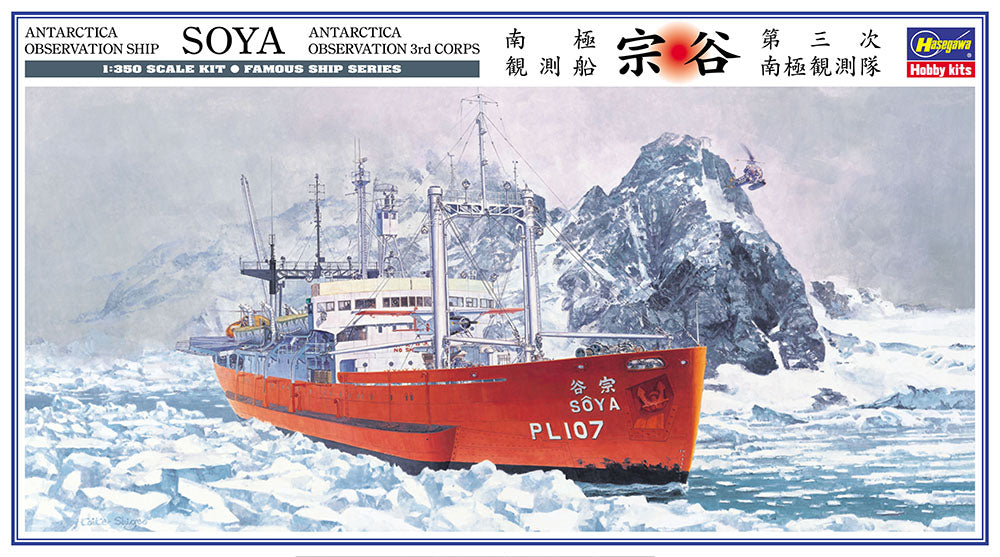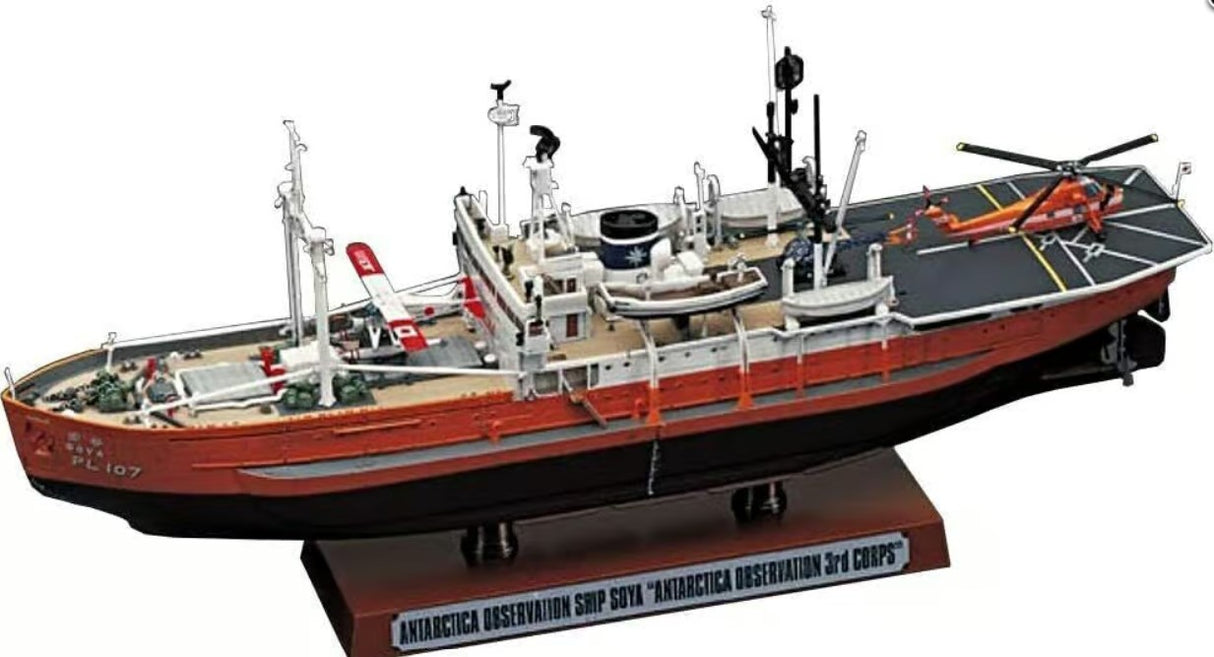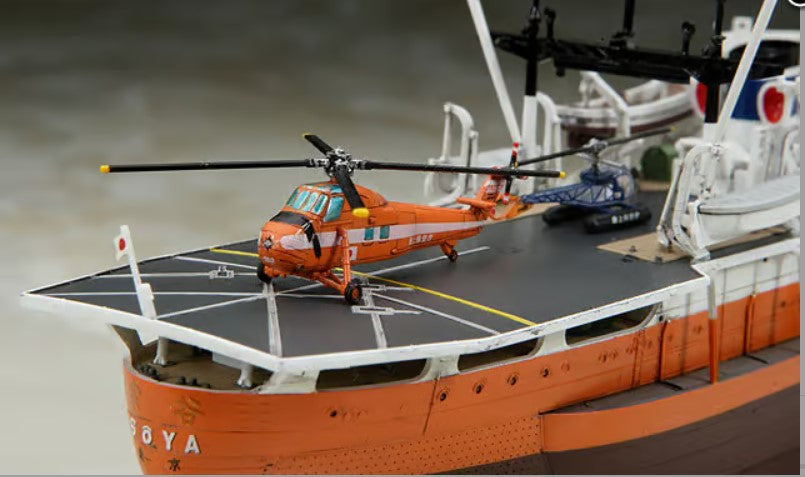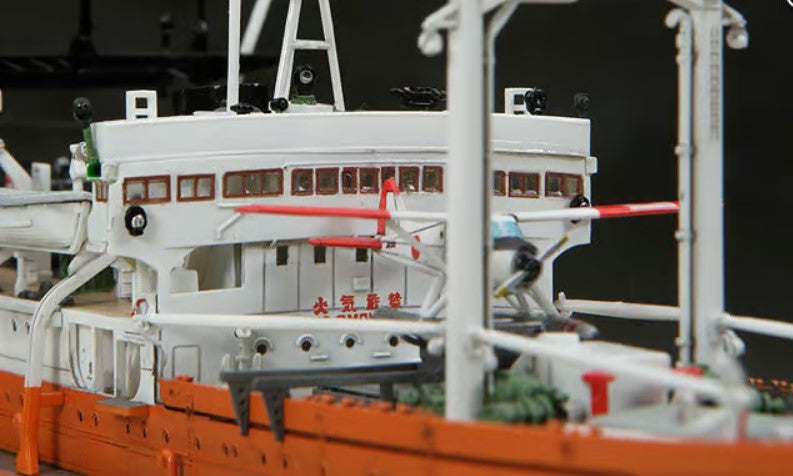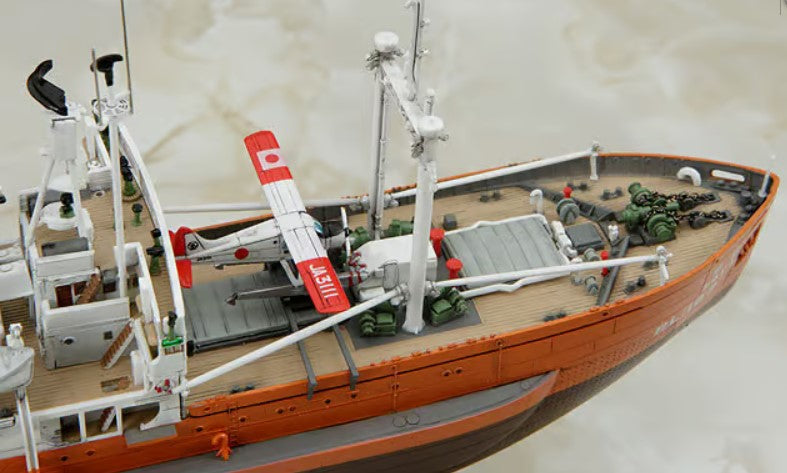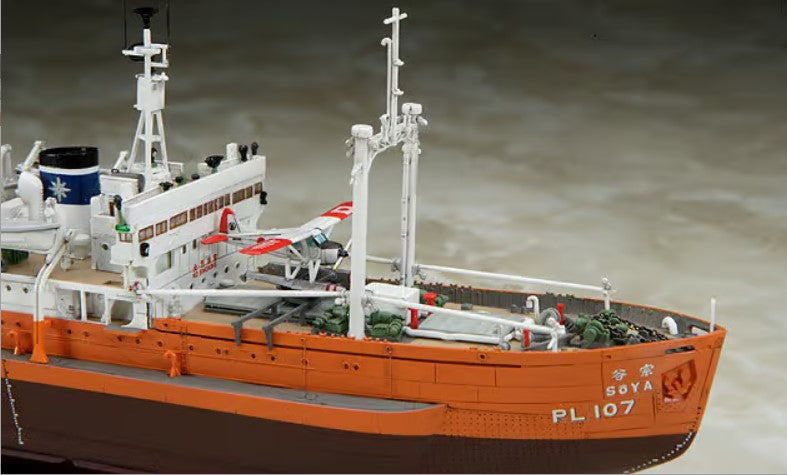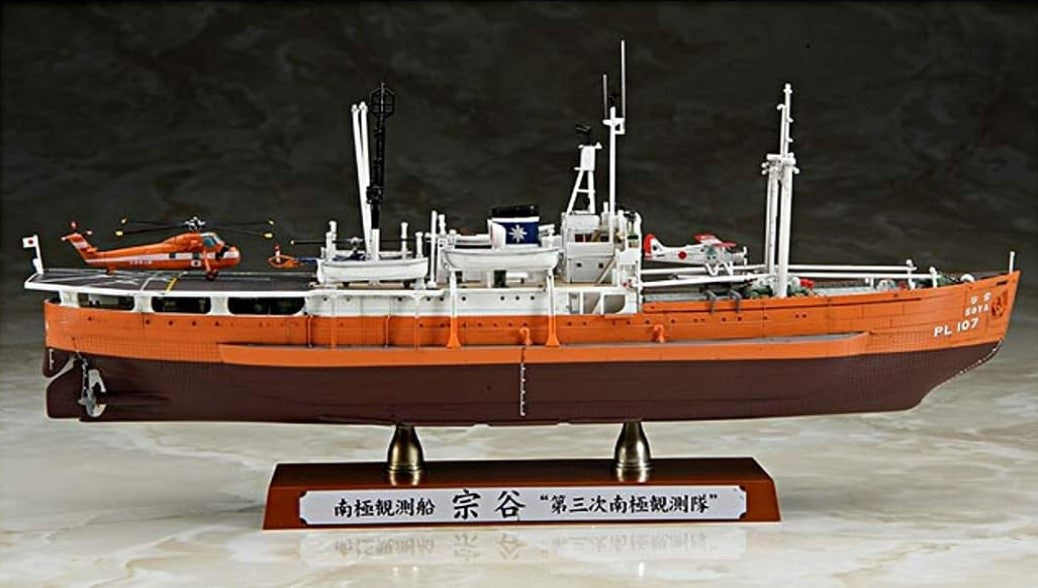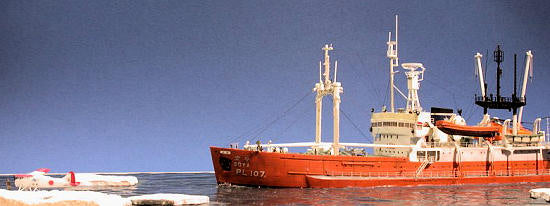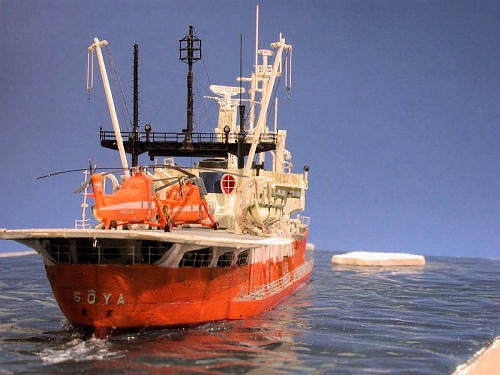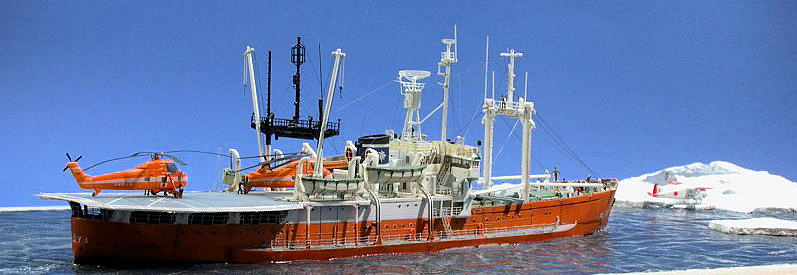Hasegawa 1:350 Antarctica Observation Ship Soya Kit HAZ23
Hasegawa 1:350 Antarctica Observation Ship Soya Kit HAZ23 will be backordered from our supplier. Delivery will take between 3-5 working days & orders will be despatched once completed.
Sign up to be the first to know when this product is back in stock!
Description
Description
Welcome to Hasegawa, where passion meets precision since 1941. As a distinguished manufacturer of meticulously crafted plastic model kits, they pride themselves on offering a diverse array of subjects spanning various genres. From the graceful lines of aircraft and the majestic allure of ships to the sleek designs of automobiles and the intricacies of figures, motorbikes, and sci-fi and pop culture models, Hasegawa caters to the discerning modeller’s every interest.
Their commitment to excellence is evident in every aspect of their products. Each kit boasts finely engraved surfaces, ensuring a level of detail that captures the essence of the original subject. With superior fit and a wide range of subjects to choose from, Hasegawa empowers modellers to bring their visions to life with unparalleled authenticity and precision.
Through the years, Hasegawa has garnered numerous awards, a testament to their unwavering dedication to quality and innovation. Trusted by enthusiasts and professionals alike, Hasegawa is the brand modellers turn to when they seek nothing but the best.
Experience the difference with Hasegawa – where every kit tells a story, and every build is a masterpiece in the making.
Soya, Japan´s first Antarctic exploration vessel, today forms a key exhibit of Tokyo´s Maritime Museum. Originally ordered in 1936 by the Soviet Union as one of three cargo icebreakers under the name Borochavets, and launched in 1938, the deal was cancelled and the ship commissioned in Japan as Chiryo Maru. In 1940, the vessel was taken over by the Imperial Japanese Navy, probably to transport ordnance. She was renamed Soya after a province in Hokkaido and the strait between Hokkaido and 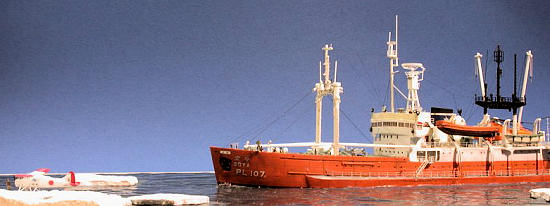 Sachalin. Soya survived the war and in 1956 was extensively converted for Antarctic exploration service. Between 1956 and 1962, she undertook six trips to the Antarctic. At Luetzow-Holm - Bay on Queen Maud – Land, the Japanese scientific station Showa was constructed.
Sachalin. Soya survived the war and in 1956 was extensively converted for Antarctic exploration service. Between 1956 and 1962, she undertook six trips to the Antarctic. At Luetzow-Holm - Bay on Queen Maud – Land, the Japanese scientific station Showa was constructed.
During the 1957-8 expedition, Soya developed technical defects, necessitating her premature return, assisted by USCG Burton Island. Upon this hasty departure, the expedition´s twelve sled dogs were abandoned and presumed dead. Surprisingly, two of the dogs were found alive upon the arrival of the next expedition a year later. These two dogs, Taro and Jiro, became immensely popular in Japan. Jiro died while still in the Antarctic in 1960, but Taro was taken home and lived out his life until 1970 in Sapporo´s University of Hokkaido. Both animals were stuffed and are on display at Sapporo and Tokyo respectively. Until today, the expedition, the ship and the dogs are remembered – in stamps and movies, amongst others. This may be a reason why Soya has been preserved. She had been replaced in Antarctic service in 1962 and was used as an icebreaker in Hokkaido until 1978. Since then, she is a museum ship at Tokyo.
Kit Details:
Length: 239mm
Width: 48.5mm
Height: 94mm
Parts: 323 pieces
Additional items are required to complete kit as illustrated
Payment & Security
Payment methods
Your payment information is processed securely. We do not store credit card details nor have access to your credit card information.

